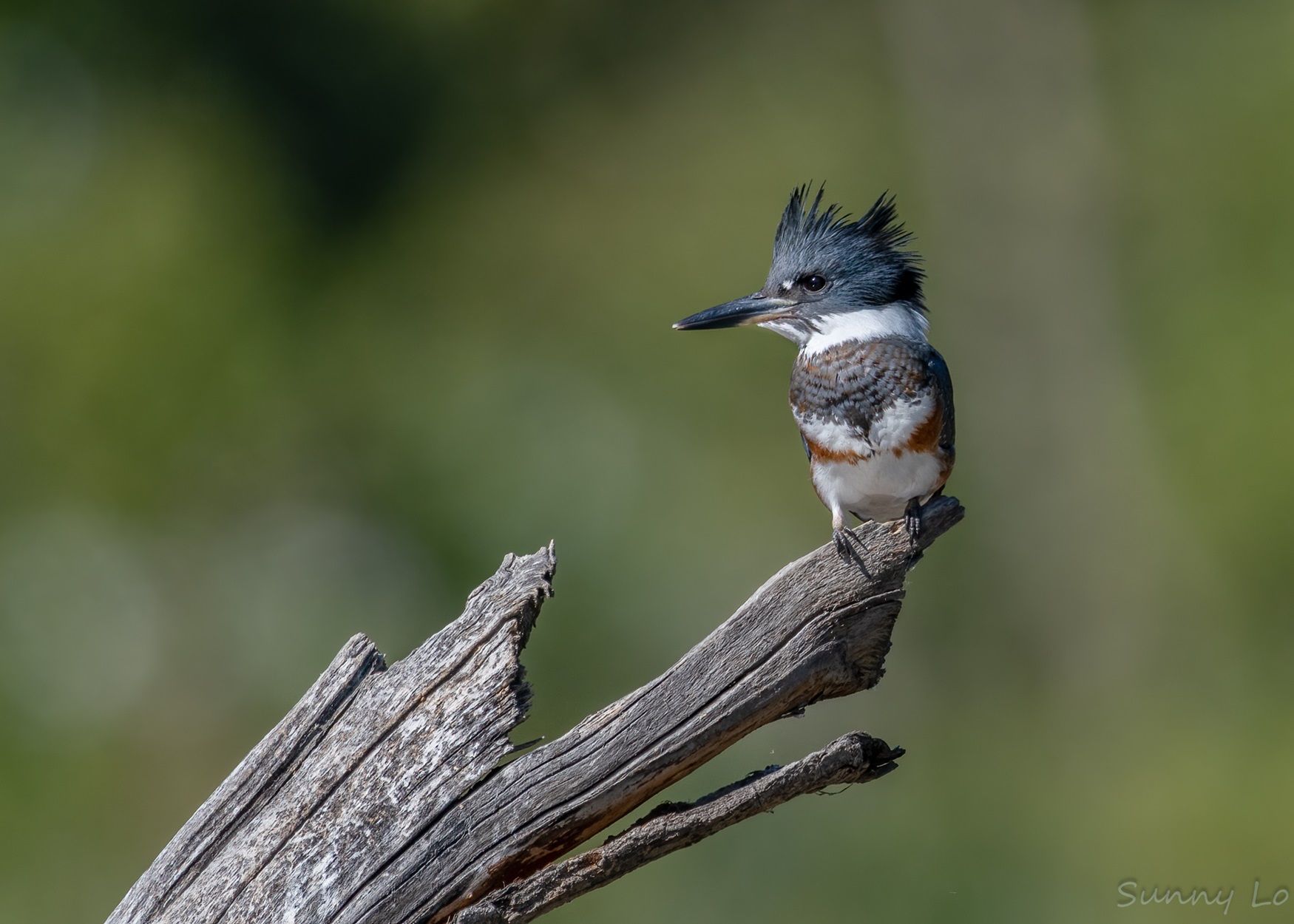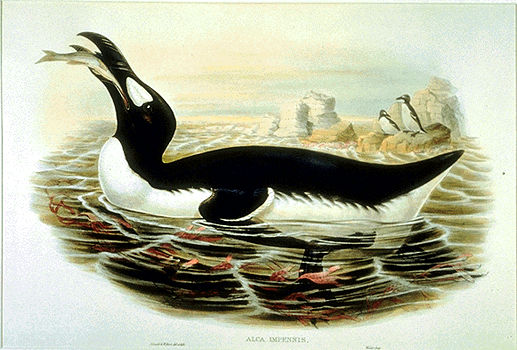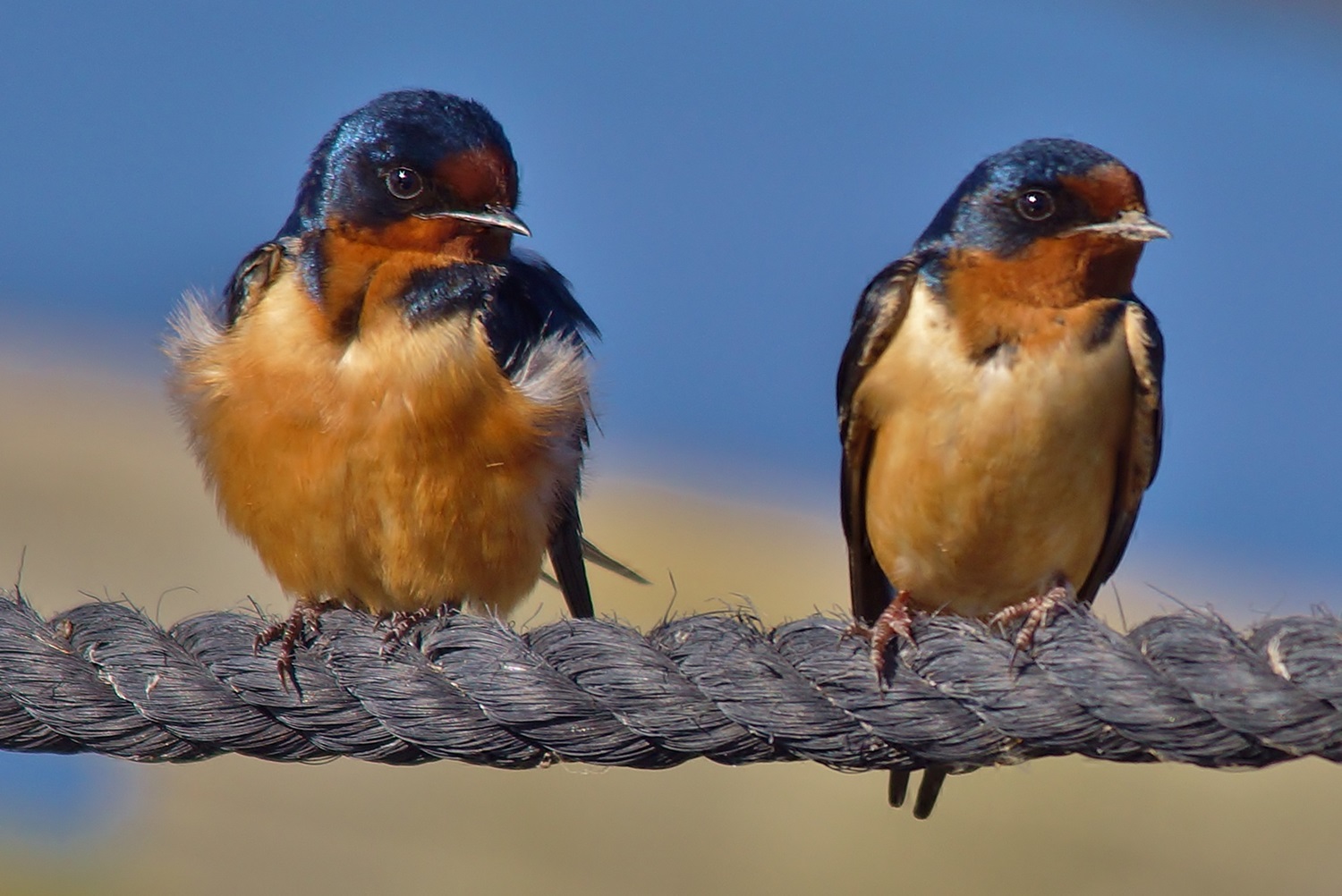The American robin (Turdus migratorius) is the largest and best-known member of the thrush family in Canada. The term robin also applies to several other thrushes that are not closely related to the American robin.
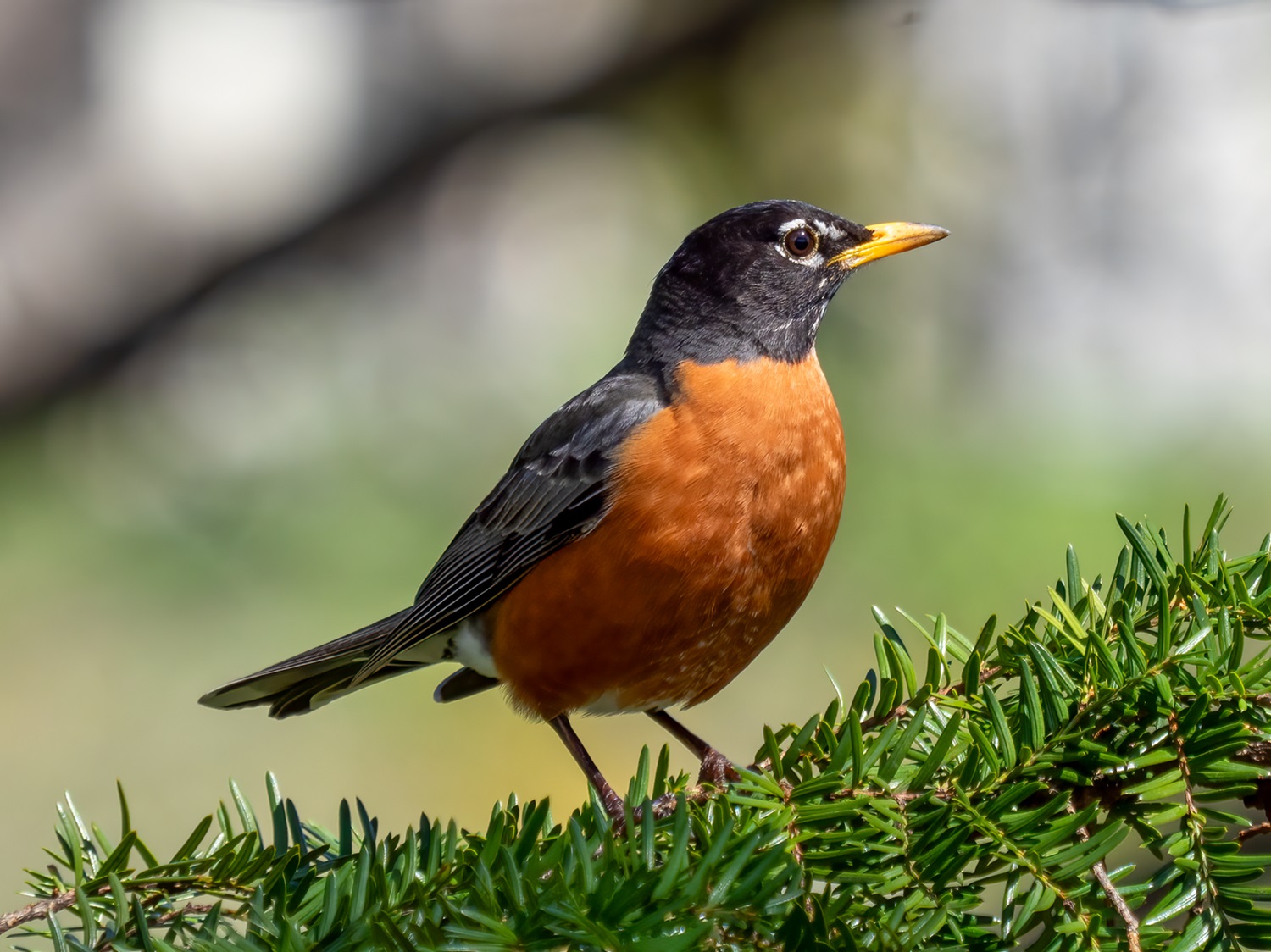
Description
The American robin is a graceful, primarily terrestrial bird with a black head, black and white streaks on the throat, grey back, blackish tail and wings, reddish-orange breast and white abdomen. Sexes differ little in size (22–28 cm long). Males are more brightly coloured than females. Young robins have the same general appearance as adults but, like all thrushes, are heavily marked with conspicuous dark spots on underparts. The American robin’s song has a musical quality and can be described as slightly metallic.
Distribution and Habitat
The robin is widely distributed in Canada, the northern limit of its range being the treeline. It is migratory in most parts but may winter or attempt to winter in the southern parts of most provinces. Robins can adapt to humans and human-disturbed landscapes and are often found in city parks and residential areas.
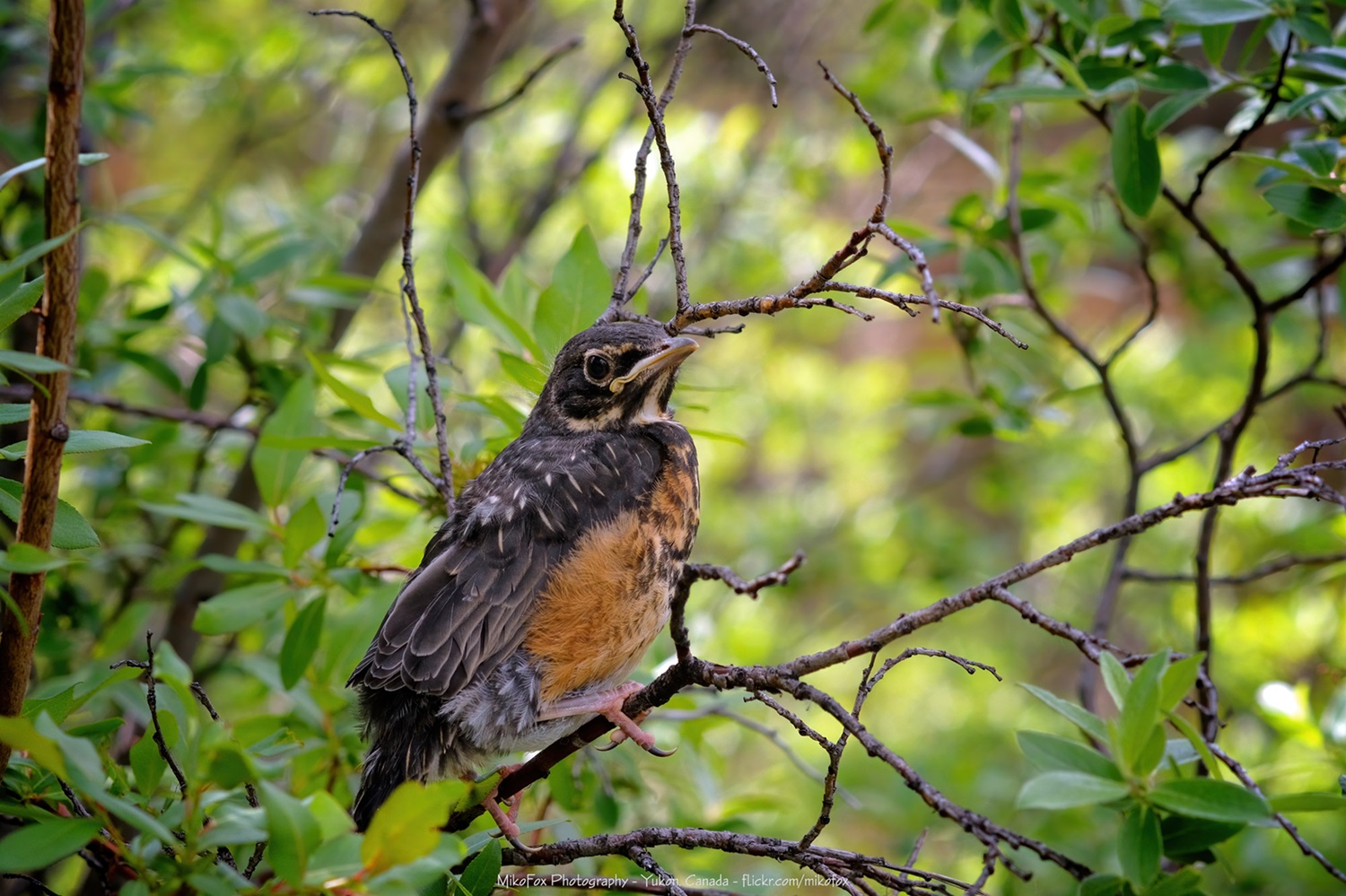
Reproduction and Development
Nests are usually built a few metres from the ground in trees or bushes. The nest is a large structure of grass, twigs and small stems assembled around a cup of mud lined with finer grasses. The female incubates four bluish-green eggs for 12–13 days; the male assists with feeding the young. Robins frequently have two broods in the southern parts of their Canadian range.
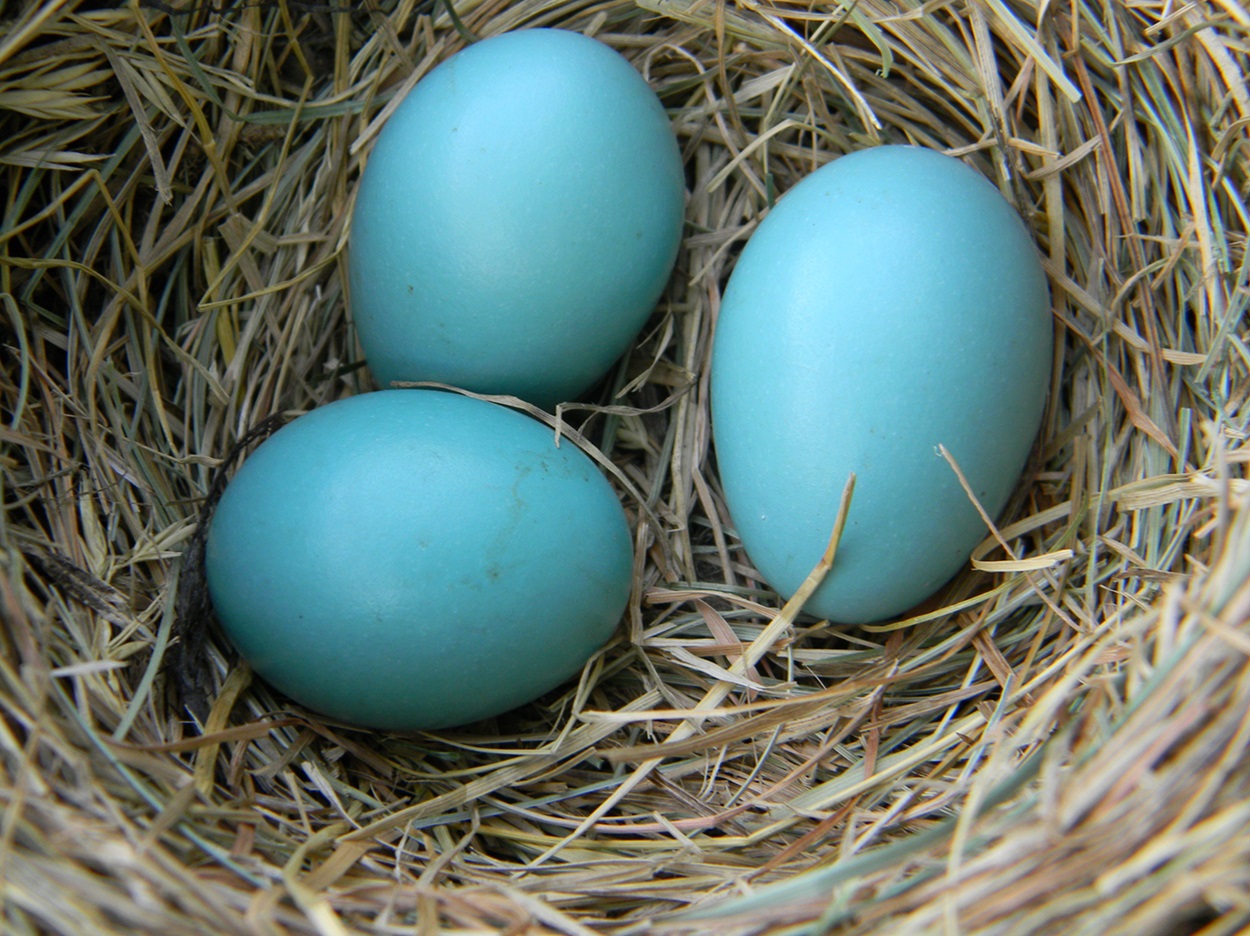
Diet and Predation
Robins feed extensively on insects, insect larvae and earthworms but also consume fruits and berries in season.
Robins have many natural enemies, such as birds of prey, snakes and predatory mammals. Near cities, domestic cats are a significant predator of robins, especially their young fledglings who have yet to master flight.
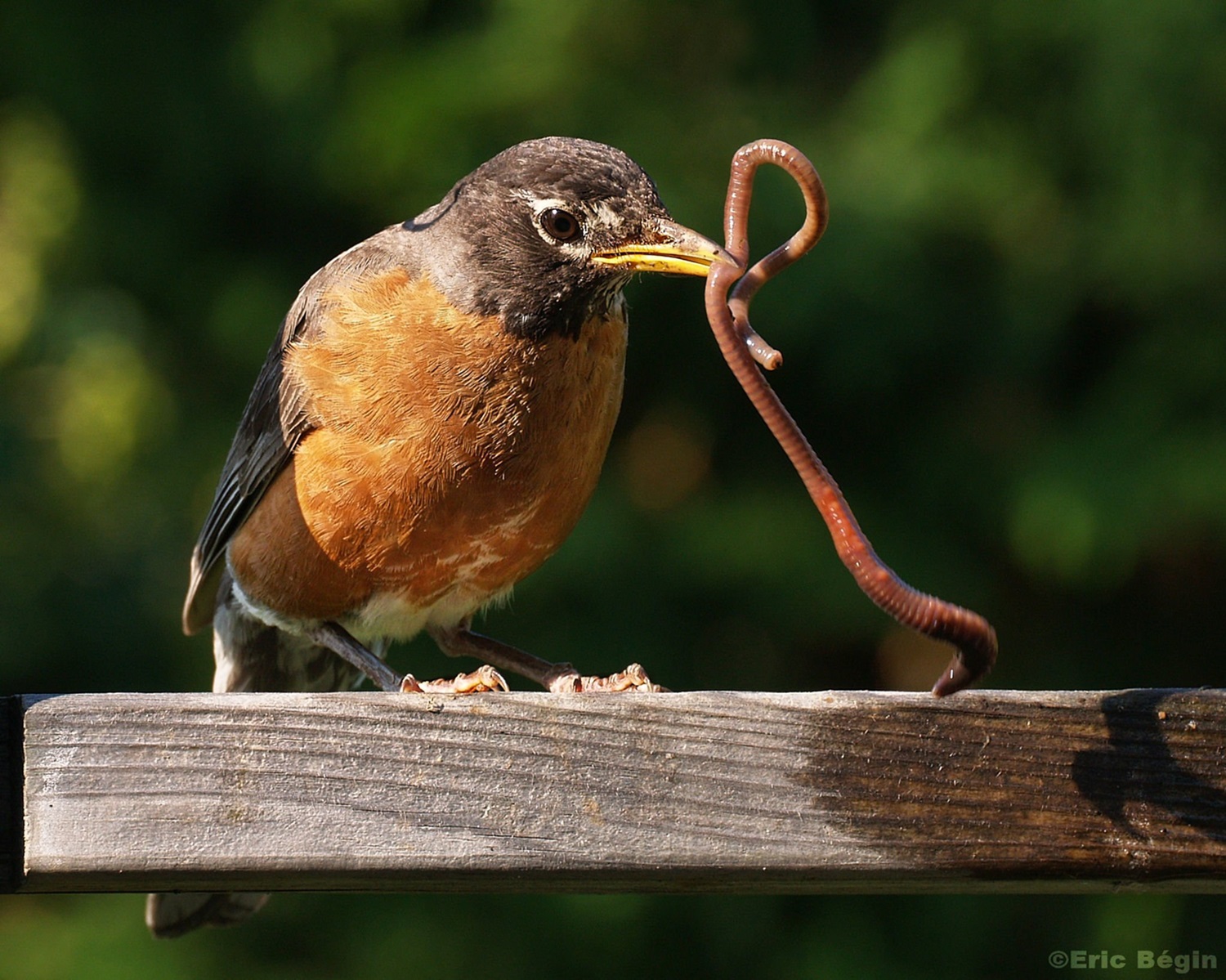

 Share on Facebook
Share on Facebook Share on X
Share on X Share by Email
Share by Email Share on Google Classroom
Share on Google Classroom

